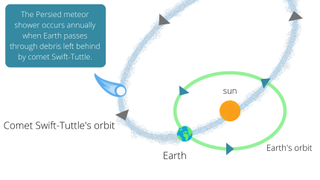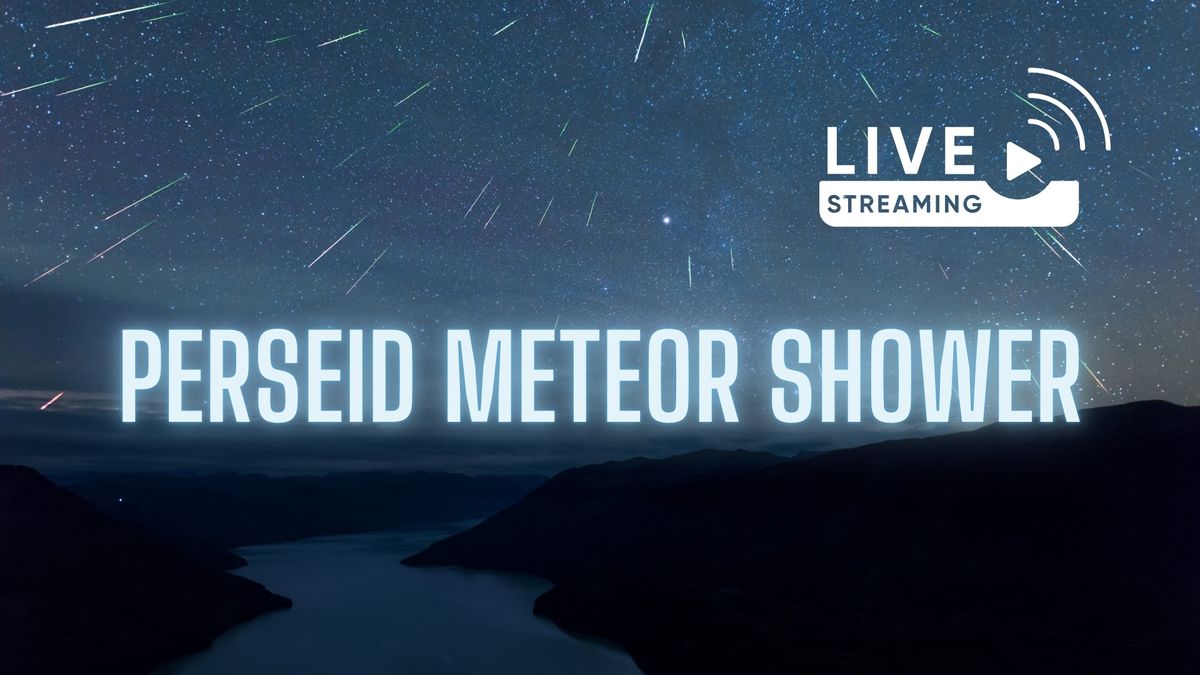The Perseid meteor shower peaks overnight on Aug. 11 and Aug. 12, the best time to look for Perseids is in the predawn hours.
If you are unable to look for Perseids in person, check out these two free livestreams hosted by astrophysicist Gianluca Masi of the Virtual Telescope Project. The livestreams will use the project’s all-sky camera, giving you a front-seat view of the dark skies over Maciano, Italy, weather permitting of course.
The first livestream will begin at 9 p.m. EDT on Aug. 11 (0100 GMT on Aug. 12,) the second will begin at 9 p.m. EDT on Aug. 12 (0100 GMT on Aug. 13) coinciding with the anticipated peak activity of the Perseid meteor shower. You can watch all the action unfold here on Space.com courtesy of the Virtual Telescope Project, or directly on their WebTV page or YouTube channel.
“This year, the sky will offer perfect conditions (no moon interference), so don’t miss the show!” according to the Virtual Telescope Project.
The Perseids are an an annual meteor shower visible between mid-July to late August. They are one of the most prolific meteor showers of the year, providing skywatchers with ample opportunities to catch a glimpse of a shooting star during the warmer summer nights.

The meteor shower is caused by debris left behind by comet Swift-Tuttle, the largest object known to repeatedly pass by Earth. It last swung by our planet in 1992 and won’t return until 2126. As Earth passes through the comet debris, fragments of rock and ice enter Earth’s atmosphere at speeds of up to 130,000 mph (209,000 kph), about 85 times the top speed of a jet fighter. These speeds cause the air in front of the debris to compress and heat up to thousands of degrees. This results in the dazzling trails of bright light known as meteors, or “shooting stars”.
Meteor showers are named after the constellation from which the meteors appear to radiate from. From Earth’s perspective, the Perseids appear from approximately the direction of the Northern Hemisphere constellation Perseus.
Though the moon will be approximately 50% illuminated during the peak this weekend, it will set around midnight, paving the way for dark skies until dawn, perfect for Perseid hunting.
Editor’s note: If you capture a stunning photo or video of the Perseid meteor shower and want to share it with Space.com for a possible story, send images, videos, and comments on the view and your location, as well as use permissions to spacephotos@space.com.














/https://tf-cmsv2-smithsonianmag-media.s3.amazonaws.com/filer_public/d1/82/d18228f6-d319-4525-bb18-78b829f0791f/mammalevolution_web.jpg)



;Resize=(1180))

Discussion about this post